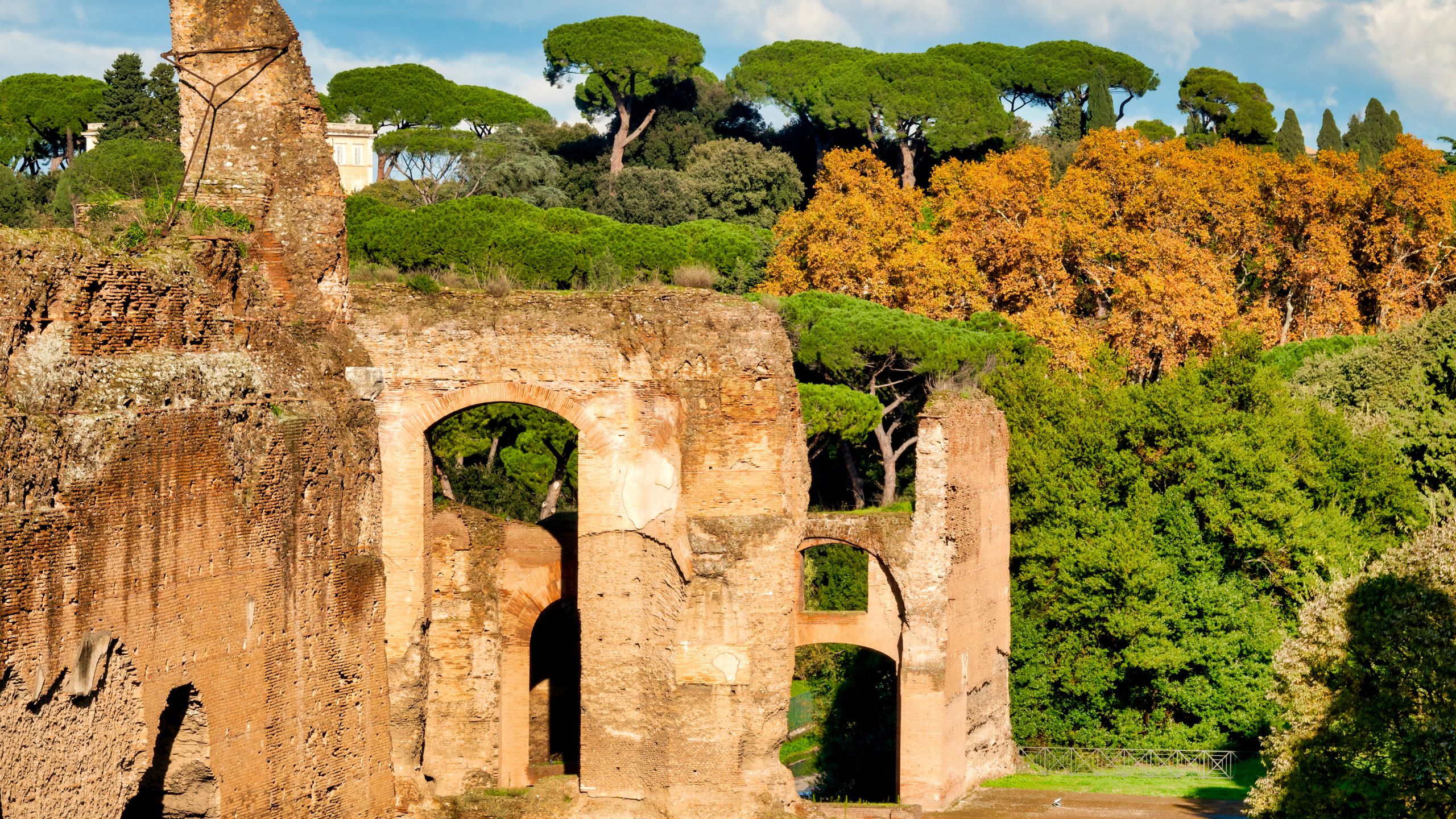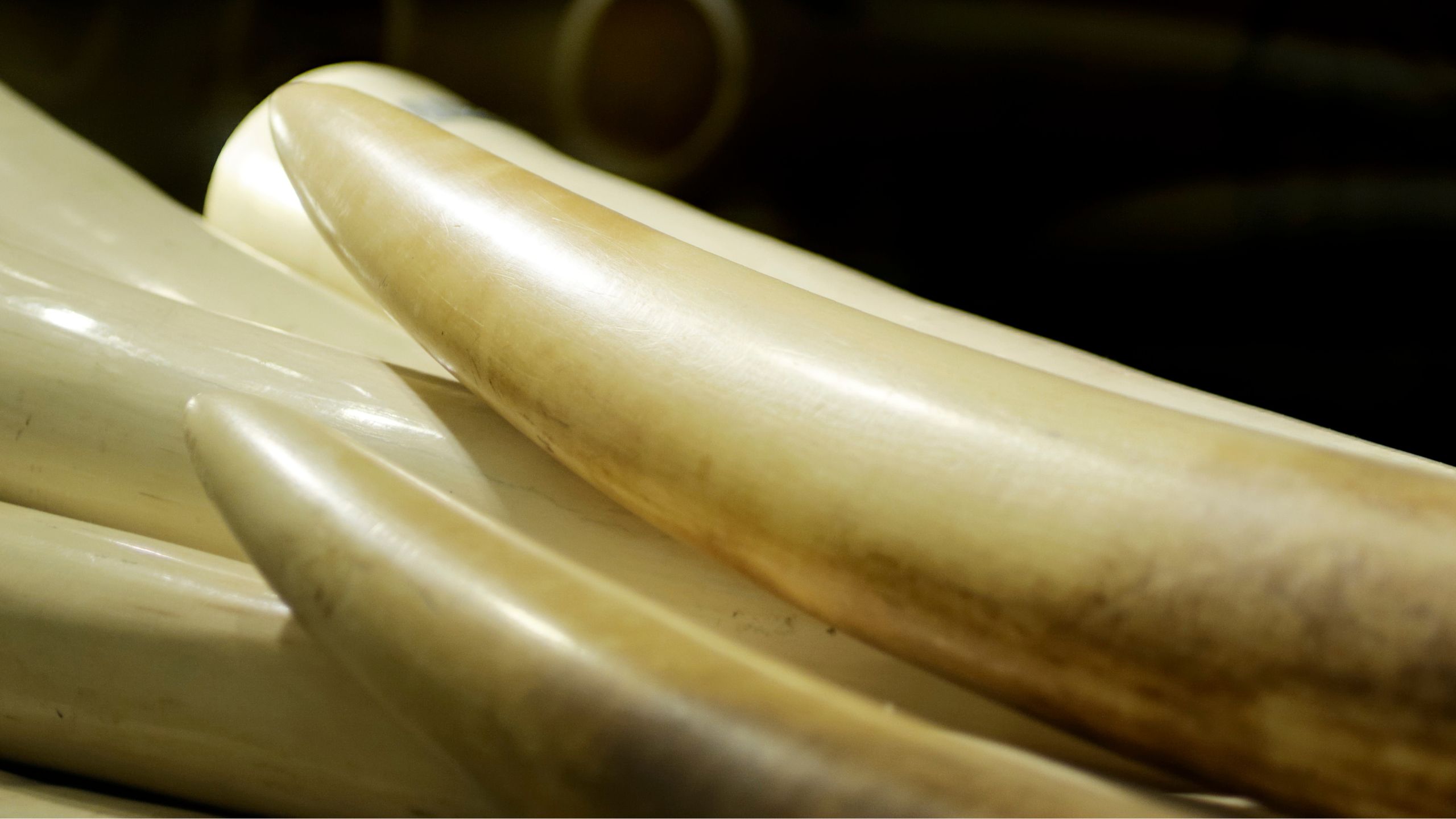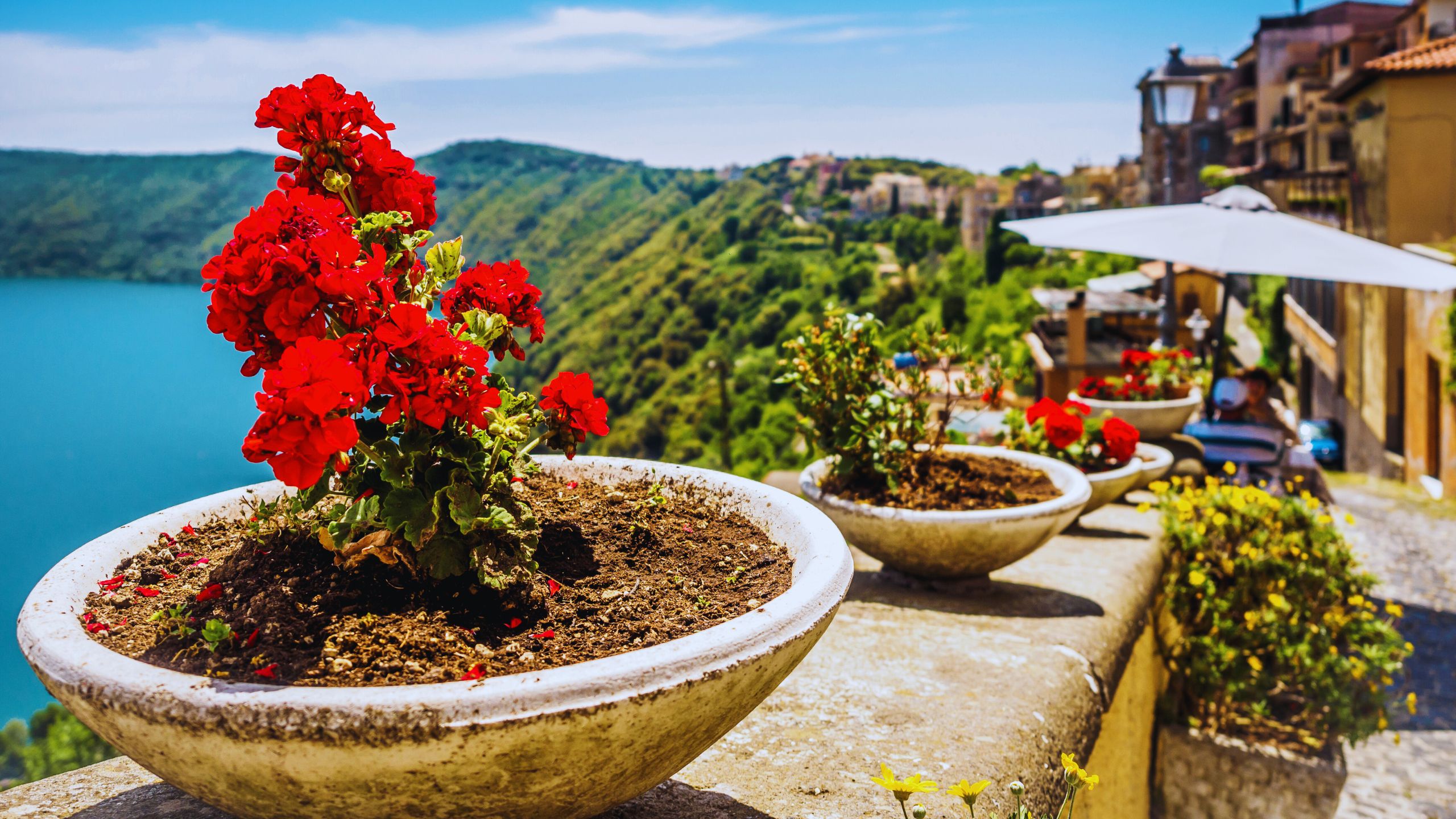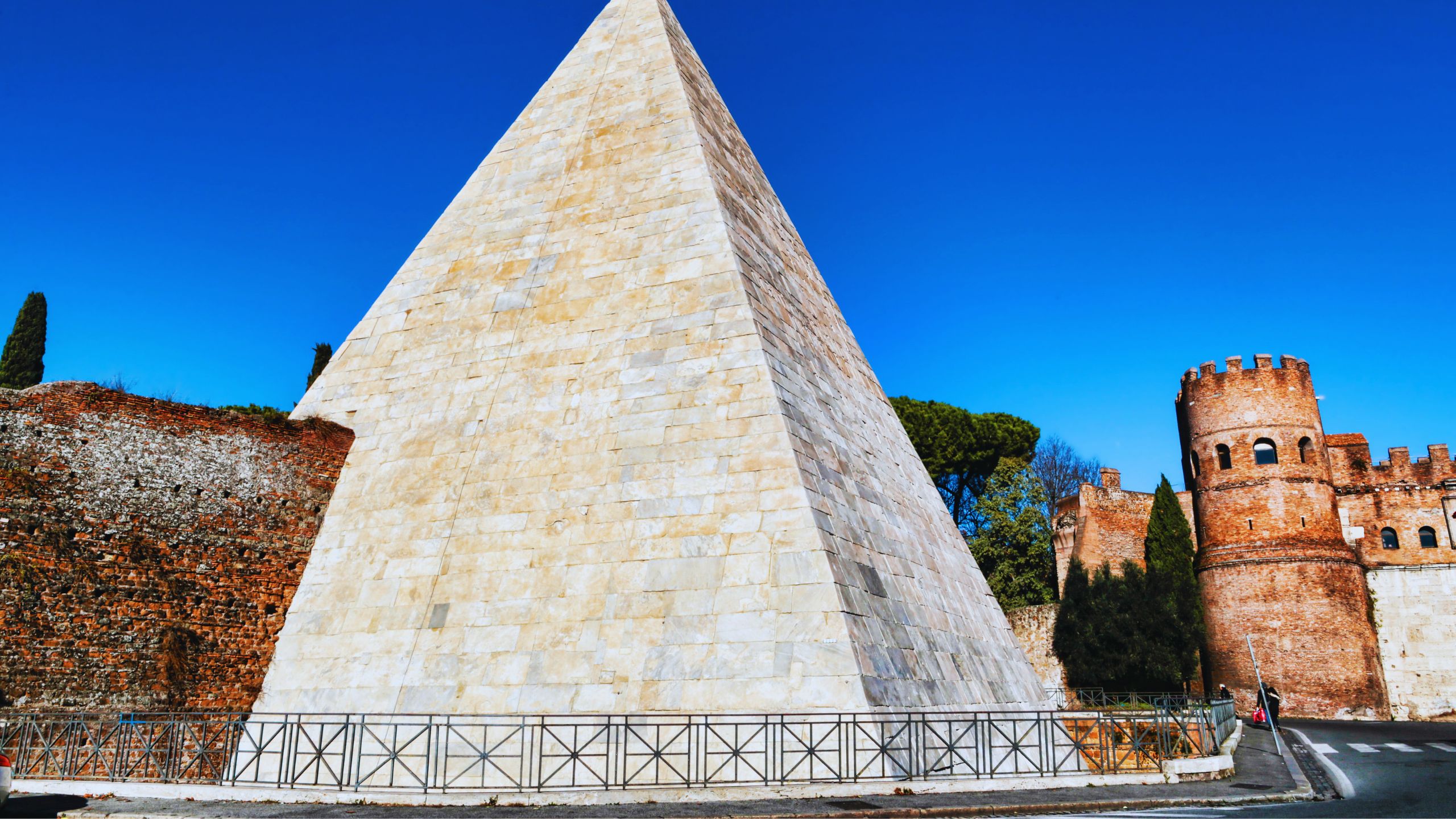Secrets of Rome: The Hidden Domus Unearthed Beneath the Baths of Caracalla
Rome never ends. It doesn’t settle for revealing itself on the surface, among forums and temples open to the sky. Rome surprises you when you least expect it—beneath a fountain, at the bottom of a crypt, behind a seemingly unremarkable wall. That’s exactly where it hides some of its most fascinating secrets. One such treasure was buried for centuries beneath one of the most monumental ancient complexes: the Baths of Caracalla. More than eight meters below the eastern gymnasium, the silent life of a Roman domus from the Hadrianic period is slowly emerging—a private residence that tells a story of subtle luxury, hybrid spirituality, and aristocratic everyday life. A narrative that moves the heart, because it speaks not of grand public Rome, but of a Rome that was lived in, believed in, and intimately experienced.
The Rediscovery of a Vanished World
The domus was initially uncovered in the 19th century, but its true nature came to light only recently thanks to careful archaeological restoration work. Its entrance—almost hidden—now leads to an underground world you don’t expect. The temperature drops, the air thickens, and sounds fade. Beneath modern Rome, another Rome opens up—secret, intimate, and profoundly human. You move through rooms adorned with vibrant frescoes, vaulted ceilings reconstructed like intricate puzzles, and mosaics that speak of ritual, beauty, and a quiet elegance. At the heart of the domus is a lavishly frescoed triclinium, the banquet hall. Cinnabar red envelops the walls, and on the ceiling, amid floral motifs and dancing figures, Dionysus appears, accompanied by satyrs, goats, and theatrical masks. Every detail was crafted to astonish guests, but also to honor the divine and the ritual of shared meals. This was no ordinary home. The quality of materials, the layout, and the presence of cult spaces all suggest that the inhabitant was a high-ranking figure, likely someone close to the imperial court.
A House, a Temple, a Mosaic of Cultures
Within the walls of what appears to be a home lies something far deeper. One of the most evocative spaces leads into a private shrine, a domestic chapel that halts your gaze and slows your breath. The figures painted on its walls don’t belong only to the Roman pantheon. Alongside Jupiter, Minerva, and Juno, we find Isis, Anubis, and Serapis. This is a vivid testament to the religious syncretism deeply rooted in 2nd-century Rome—a culture that could embrace and blend gods and rituals from the farthest provinces. Entering this sacred room is like reading a diary written in symbols. Not merely a place of worship, but a refuge of the soul, where the sacred met the private. Here, people prayed for their families, invoked protection, celebrated life, and confronted death.
From Home to Ruin: A Rome in Transition
The fate of the domus is tied to an act of monumental conquest. In 206 AD, as construction began on the Baths of Caracalla, this refined house was partially demolished and buried beneath the grand imperial structure. Public magnificence required space, and so a private world was sacrificed. Today, that contrast can be felt powerfully: above, the massive baths—symbols of power and control; below, the fragile essence of daily life marked by rituals, faith, and affection.
The Evocative Power of Restoration
The recent restoration was a true reconstruction of memory. Hundreds of fragments of plaster were carefully recovered and reassembled. Colors were brought back to life, surfaces cleaned using non-invasive methods, and pathways made accessible without compromising the integrity of the site. Walking through these rooms means listening to ancient echoes. The silence feels full of voices, footsteps, and glances. You are no mere observer—you become a witness to an intimate story. You feel like you’re entering a house still alive, as though its inhabitants have only just stepped out, leaving you to discover their secrets.
An Invitation to Descend—And Emerge Transformed
The Domus beneath the Baths of Caracalla is more than an archaeological stop. It is a transformative journey. To descend is to question the meaning of memory, to recognize the value of the invisible, and to rediscover the power of small things in contrast to overwhelming monuments. It is an invitation to see Rome with new eyes, to lose yourself in its hidden layers, to find history not just in emperors and dates, but in quiet gestures frozen in time. Those who emerge from below are not the same as when they entered. Because they’ve discovered that beneath every stone, beneath every street, Rome’s heart is still beating. Silent, yes. But overwhelmingly powerful.




